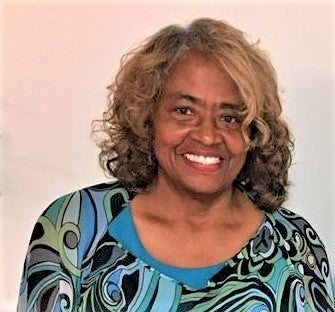In search of the last sandy dirt road
Published 4:46 pm Monday, August 15, 2022
|
Getting your Trinity Audio player ready...
|
When Milt and I leave home in the morning to take our long walks around town, we always come back home with a treasure trove of memories. Our recent walk had us on the terrain of my childhood that I must have crossed hundreds of times, the corner of Fifth and Bridge Streets. I crossed that street going to school and coming home for eleven years.
All the houses are gone now, and so is the Shell gasoline station with the chuck wagon, and the magnificent magnolia trees that were near that corner. In their places, stands a brand-new business that will soon be a beautiful car wash location. So many old things of my childhood are gone, but there remains one precious piece of childhood memory still intact, the sandy dirt road, Mitchell Lane that stretched from Bridge to Van Norden Streets.
Mitchell Lane was the northern border of my family’s property, and it was the scene of many foot races, stop ball games, hopscotch and, it was where so many of us kids learned to ride a bike. It was ideal for play because it had a lot less traffic than Fourth Street. Most of the streets in our neighborhood were dirt streets when I was growing up here, and we all had our favorites. There are a precious few still around town today. There’s a small stretch of sandy dirt road called Old Second Street between Brown Street and MacNair Street and, Davis Lane between West Fourth Street and Fifth Street. I’m sure there are others and I’m looking for them.
As kids, we knew where the best sandy dirt roads were because some of them had the best sand on them. Bryant Avenue between Ninth and Eleventh Streets had the best sand. The sand was smooth and fine and did not have to be sifted before we played with it. It was the best sand ever for making sand bombs. We would fill small brown bags of sand and bring as much as we could back to Fourth Street. Then we would make our sand bombs. Now the sand bombs were used to throw on the other kid’s porches. There was no prize for who ended up with the most sand on the porch, but the kid who had the least got bragging rights. The only problem with that was some of the neighbors really got mad and some of us got in trouble for making a mess. Other neighbors didn’t mind because they could use the fine sand for making sand candles or fill their own small bags to make door stops. People who had chickens would sweep the sand up and use it in their chicken coops as it helped to keep the chicken’s feet clean and, it kept the coop cool in summer and preserved heat in the winter. Some of the older neighbors would use sand to clean their kitchen floors. They would sprinkle the fine sand on the floor and then sweep it up. That helped if grease had made little drops on the floor while cooking. Some of the men would use the sand to clean their rakes and garden hoes because it kept them from rusting.
Fourth Street had nice sand too, but it wasn’t as nice as Bryant Avenue. Milton, who grew up on Bryant Avenue, talked about how walking barefoot on that hot sandy road in summer was like walking on hot coals. He too has his stories about the fun he had on that sandy dirt road.
I wanted to thank the WDN readers from all over the country who share with me how much they enjoy my articles, and I want to thank the WDN for giving me honor of sharing my memories of growing up here in Washington. I appreciate everyone one of you so much.
Leesa Jones is a Washington native and the co-founder and co-executive director of the Washington Waterfront Underground Railroad Museum.





